"Plate Of Jean Libersac Armband, Seaman In The Service Of Passage Dy Bac Cubzac-sur-dordogn"
CUFF PLATE OF JEAN LIBERSAC, MATELOT SERVING THE PASSAGE DY BAC OF CUBZAC-SUR-DORDOGNE, FIRST EMPIRE. Round brass plate (diameter 8,3 cm, thickness 2 mm) finely engraved with an imperial eagle holding in its claws the sparkling Jupiter spindle surmounted by an imperial crown and resting on a naval anchor . On the outer edge of this plate, a wand bears the inscription "MATELOT AT THE SERVICE OF THE PASSAGE OF CUBZAC ON DORDOGNE". At the back of this plate are soldered two brass bridges for attachment to the cuff. Very good state. La France. First Empire. Provenance: On the back of the plaque, a handwritten note dated 12-03-1984, signed and written by Guy Libersac, bears the words "Jean Libersac's armband of the rank of the Cubzac-sur-Dordogne ferry. Alain Libersac has a document from the Minister of the Navy - Port of Bordeaux - congratulating our great-grandfather on 11-02-1825 for rescue. History: Ferries are historically the most used way to cross rivers. It is a service that is under the full control of the local authority which, according to political vicissitudes, allowed to cut ties between two shores and to avoid any invasion. In addition, the local authority could levy taxes and tolls on goods and persons transported. The right to control the crossing of the rivers could give rise to power struggles to obtain exclusivity, for example the Jacobins of the city of Paris had from 1698 the rights of passage of Cubzac near Bordeaux on the Dordogne. There were still in 1867, 1348 passages of this type and 400 bridges. In Cubzac-les-Ponts, very old traces have been found and testify to a Neolithic habitat. Mentioned since Roman times, the agglomeration is then a monitoring station and already at that time the crossing of the Dordogne was done in Cubzac. Over the centuries, many devices have been tried: boat bridges, sailboats, merry-go-round and steam trays. The territory was occupied as early as the 6th century BC. The center of Cubzac is built on a small hill overlooking the valley of the Dordogne. At the Revolution, the parish of Saint Julien de Cubzac forms the commune of Cubzac; in 1885 she became Cubzac-les-Ponts. From 1839 to 1869, is built a suspension bridge that will be washed away by a storm and later replaced by a road bridge called "Eiffel". In 1776, when Louis XVI wanted to develop his naval forces, he had promulgated a maritime ordinance that extended to the entire kingdom the classification of seafarers, previously reserved only for fishermen, boatmen and sailors of coastal cities. It was itself modified in 1786. In 1781, a gabarier, recruited as a sailor, received, in the service of the King, 12 books per month. Far from being a civilian, the sailors assigned to these passages are from the navy. 


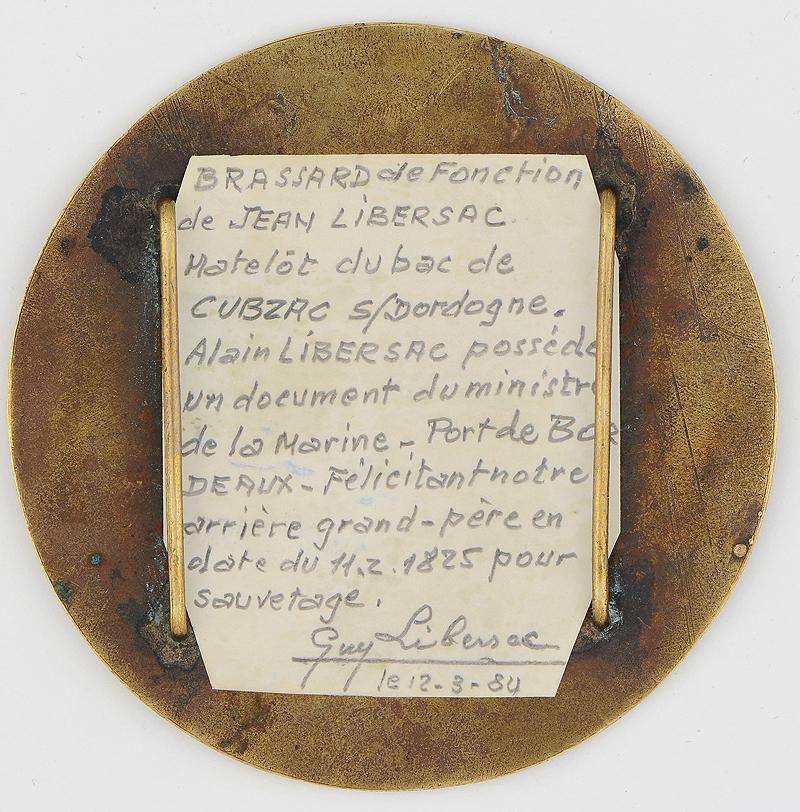

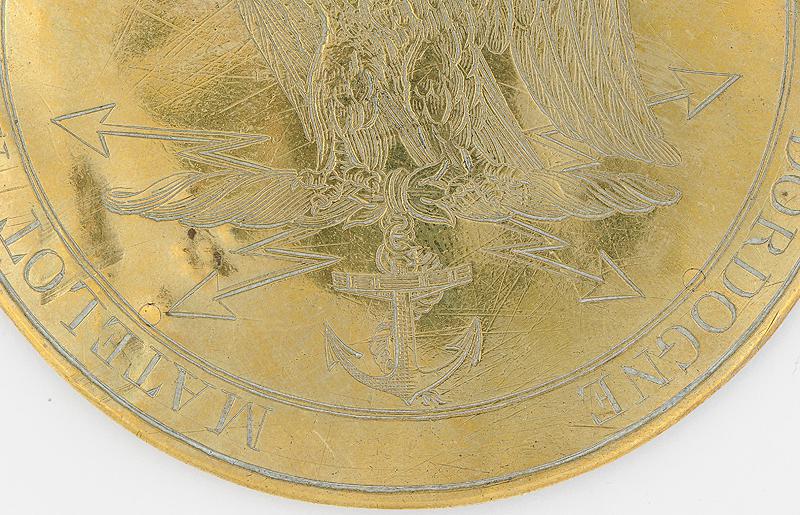
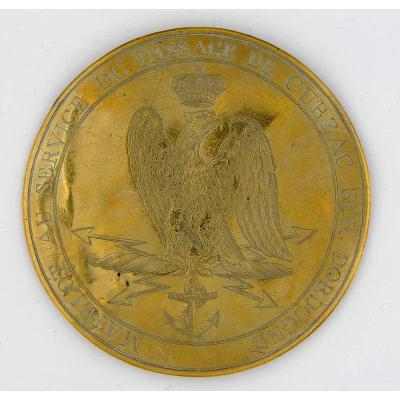



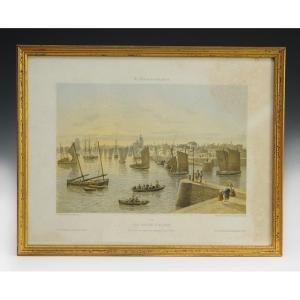
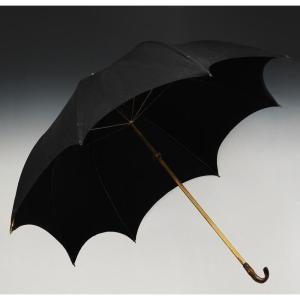
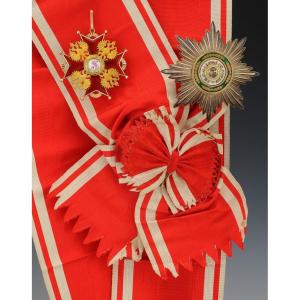


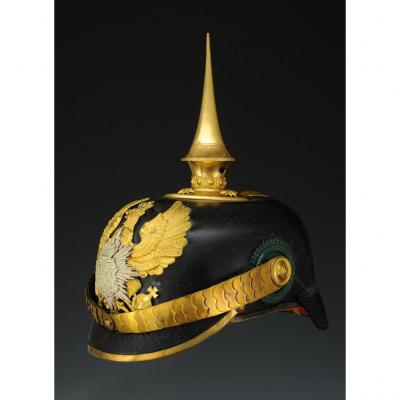


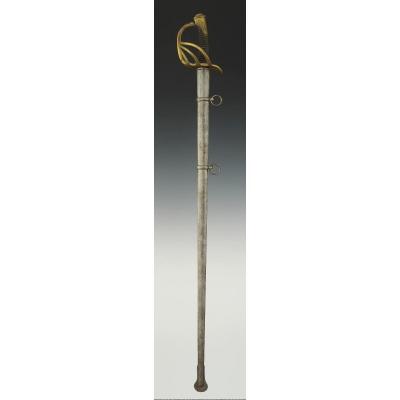







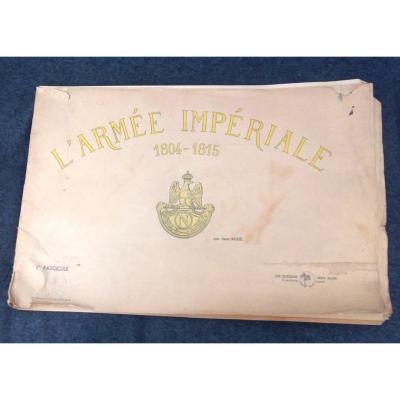




 Le Magazine
Le Magazine Rivista Artiquariato
Rivista Artiquariato TRÉSORS magazine
TRÉSORS magazine